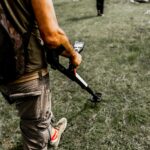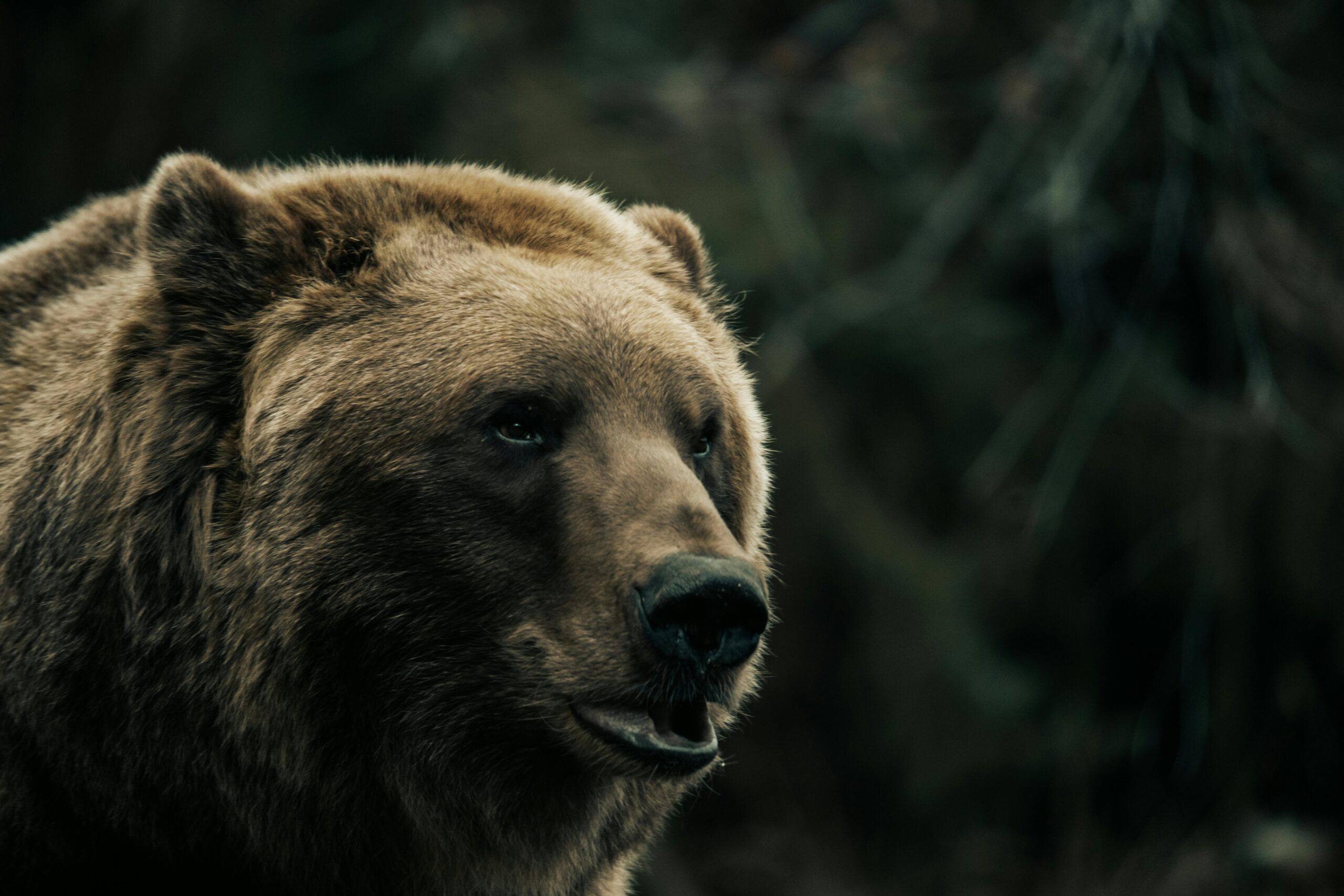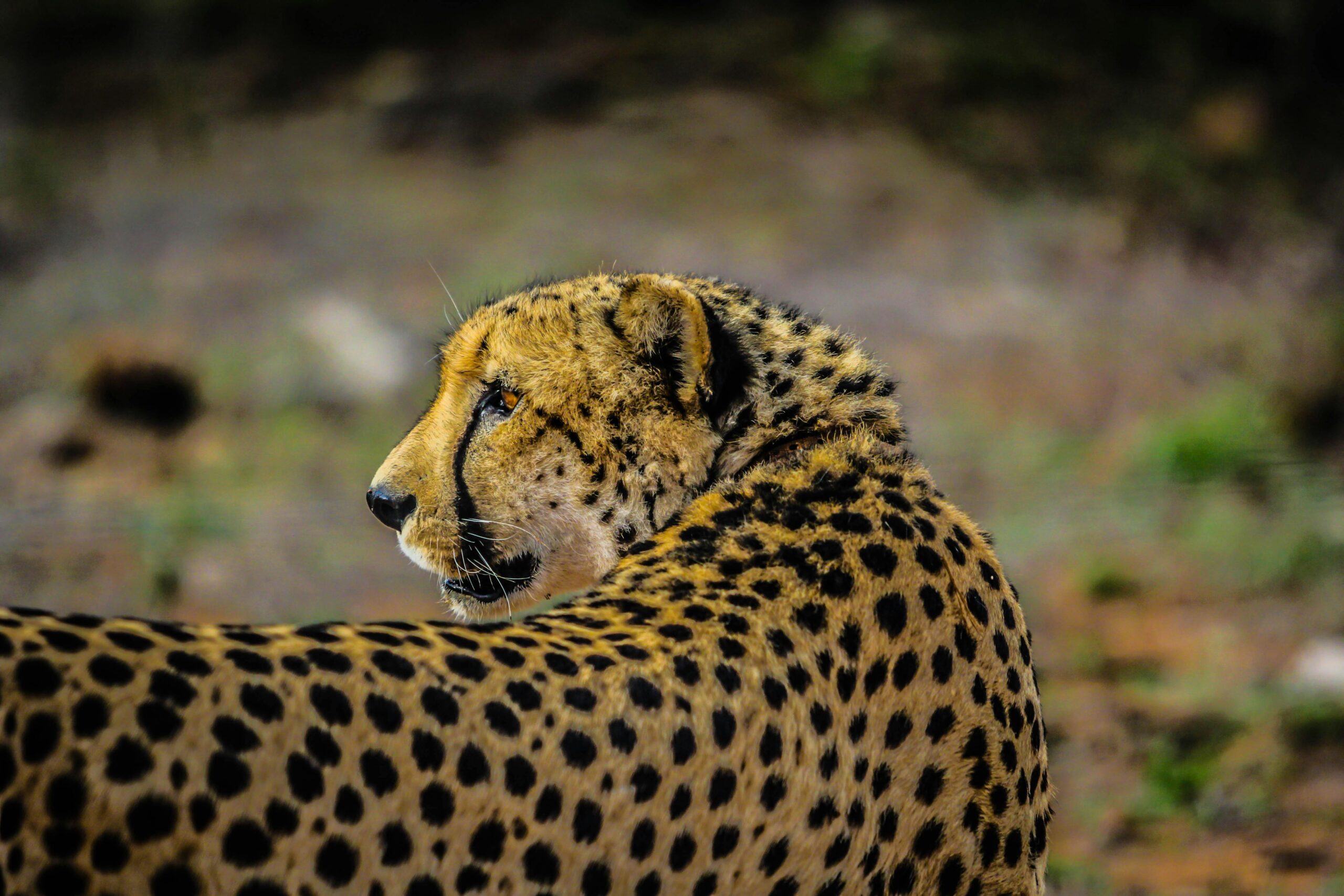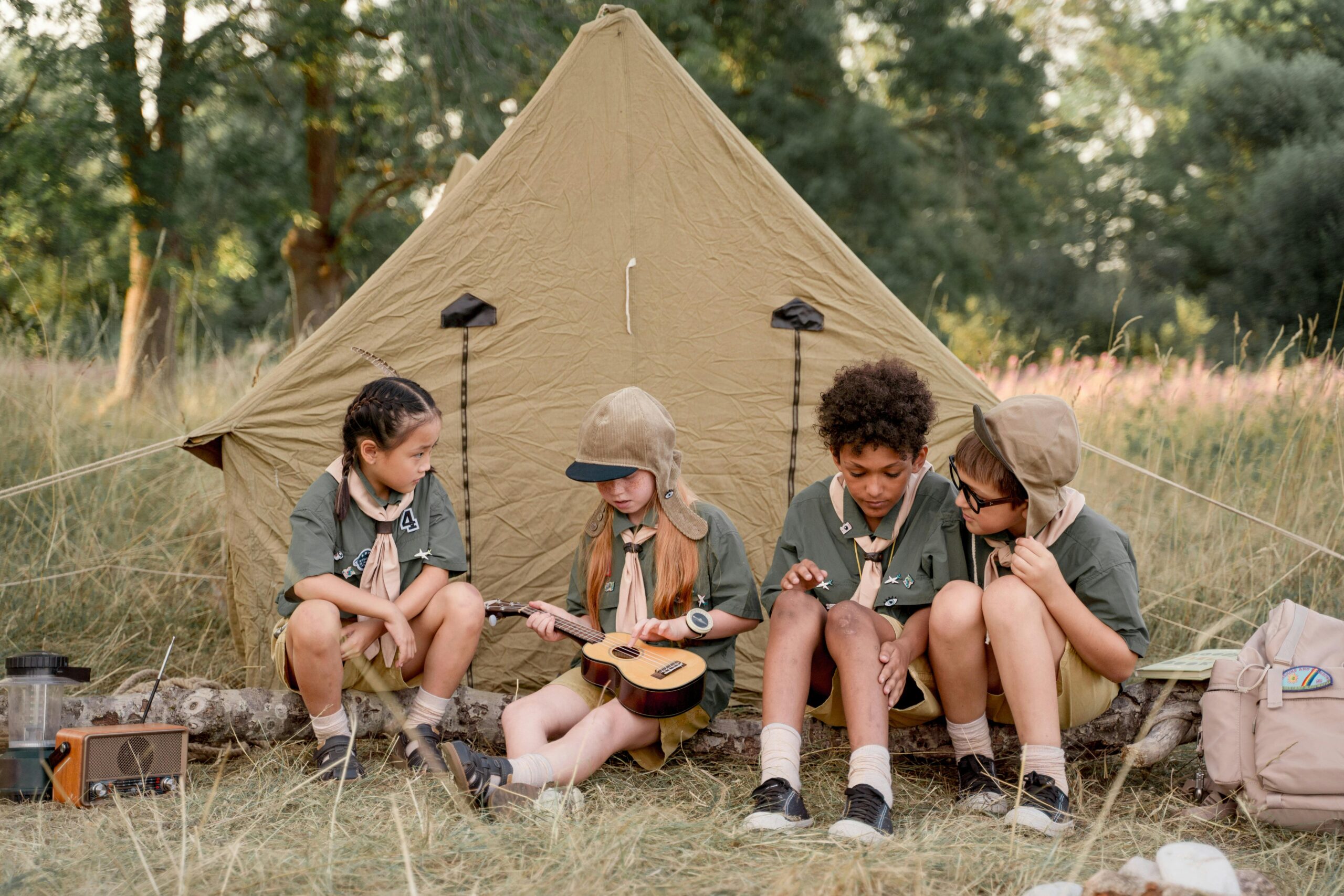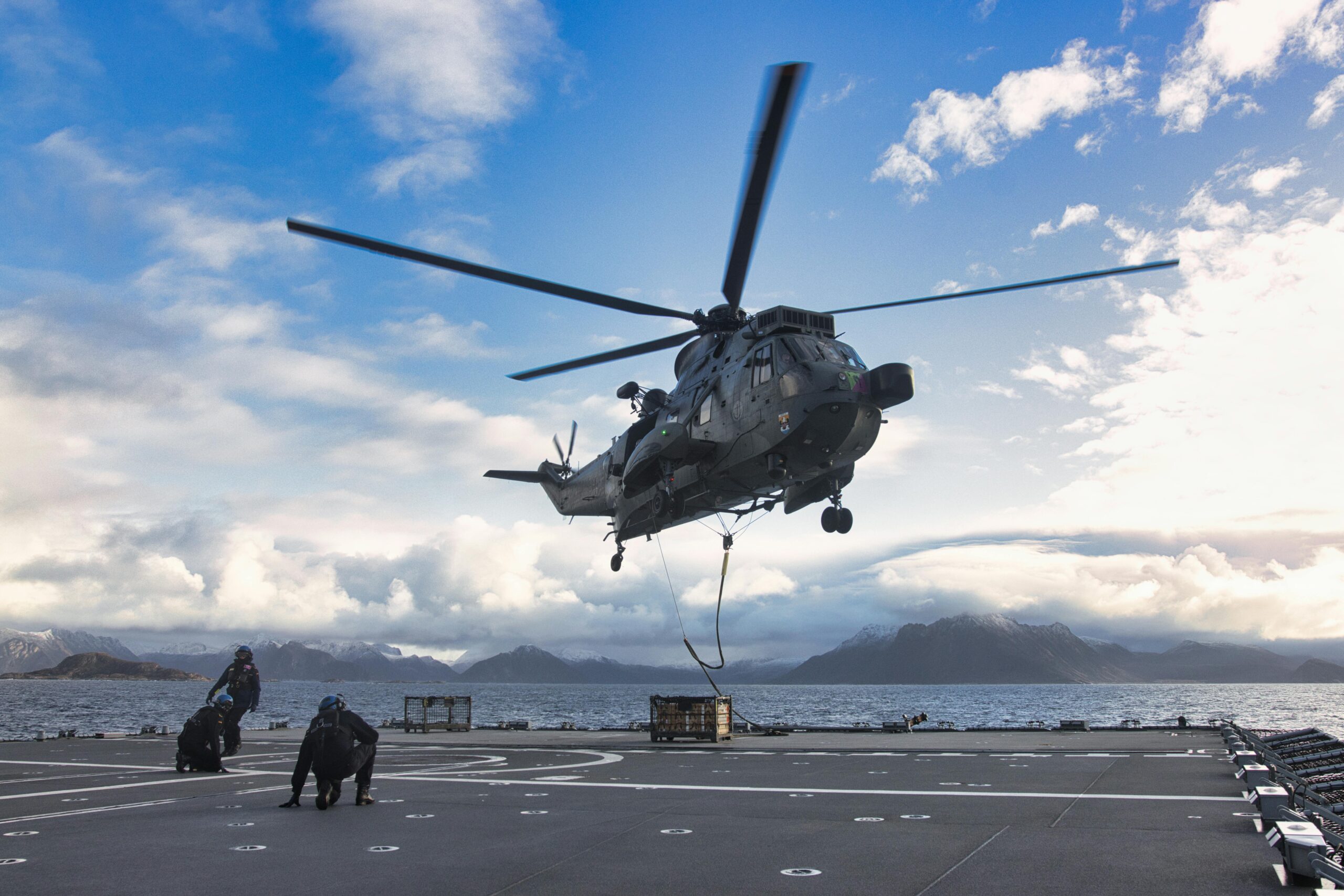Cartographic Cuisine: Navigating the Wilderness with a Map, a Compass, and a Cast Iron Skillet
Introduction
When venturing into the wilderness, the art of navigation and the joy of cooking can blend together in a beautiful symphony of adventure and culinary delight. In this post, we’ll explore how classic map and compass navigation can be paired with innovative campfire cooking techniques, all while adhering to the principles of sustainable adventure and ‘leave no trace.’ Whether you’re a seasoned outdoorsperson or just starting your journey, this guide will help you chart new territory in both your travels and your taste buds.
The Art of Navigation: Maps and Compasses
Before we dive into the culinary aspect, let’s start with the fundamentals of navigation. Maps and compasses are essential tools for any wilderness adventurer. Here are a few key points to keep in mind:
- Understanding Maps: Maps are more than just pieces of paper with lines and symbols. They are tools that help you understand the terrain, locate landmarks, and plan your route. Native American cultures, for example, used maps made from birchbark, skin, and bone to navigate and communicate with early settlers.
- Using a Compass: A compass is your best friend when navigating through dense forests or open plains. It helps you determine direction and stay on course. Always ensure your compass is calibrated for the region you’re in to avoid magnetic variation errors.
- Orienting Your Map: Learning to orient your map with your compass is crucial. This involves aligning the map’s north-south axis with the magnetic north, ensuring that the map reflects your real-world surroundings.
Campfire Cooking: The Heart of Cartographic Cuisine
Now, let’s move on to the culinary side of our adventure. Campfire cooking is an art that requires creativity, patience, and the right gear.
Choosing the Right Gear
- Cast Iron Skillet: A cast iron skillet is a versatile and durable cooking vessel that can handle the rigors of campfire cooking. It’s perfect for cooking a variety of dishes, from hearty stews to crispy pancakes. You can even find skillets shaped like maps, adding a fun twist to your cooking experience.
- Cooking Utensils: Don’t forget the basics: a good knife, spatula, and tongs. These tools will help you prepare and cook your meals efficiently.
Sustainable Cooking Practices
- Leave No Trace: Always follow the ‘leave no trace’ principles when cooking in the wilderness. This means using biodegradable soap, disposing of waste properly, and minimizing your impact on the environment.
- Local Ingredients: Incorporate local ingredients into your meals to enhance the flavor and reduce your carbon footprint. Foraging for wild herbs or using fish from a nearby stream can add a unique touch to your dishes.
Recipes for the Wilderness
Here are a few recipes that are perfect for your next wilderness adventure:
Campfire Skillet Meal
Ingredients:
- 1 lb ground beef or turkey
- 1 onion, diced
- 2 cloves of garlic, minced
- 1 bell pepper, diced
- 2 potatoes, peeled and diced
- 1 can of diced tomatoes
- Salt and pepper to taste
Instructions:
- Heat your cast iron skillet over the campfire.
- Add the ground beef or turkey and cook until browned.
- Add the onion, garlic, and bell pepper. Cook until the vegetables are tender.
- Add the potatoes and diced tomatoes. Season with salt and pepper.
- Cover the skillet and let it simmer for about 20 minutes or until the potatoes are cooked through.
Wild Herb Pancakes
Ingredients:
- 1 cup pancake mix
- 1 cup water
- 1 tablespoon honey
- Wild herbs like mint, basil, or wild thyme
Instructions:
- Mix the pancake mix with water and honey in a bowl.
- Add a handful of wild herbs to the mix and stir well.
- Heat your cast iron skillet over the campfire.
- Pour the batter into the skillet and cook until bubbles appear on the surface and the edges start to dry.
- Flip the pancakes and cook for another minute or until golden brown.
Combining Navigation and Cooking
The true magic happens when you combine your navigation skills with your culinary creativity. Here’s how you can do it:
- Planning Your Route: Use your map to plan a route that includes stops at scenic spots or areas known for their culinary resources (like fishing spots or berry patches).
- Timing Your Meals: Coordinate your meals with your navigation schedule. For example, plan a hearty meal at the end of a long day of hiking.
- Using Local Resources: Use your map to identify areas where you can forage for ingredients or catch fish, making your meals more sustainable and flavorful.
Conclusion
Navigating the wilderness with a map, a compass, and a cast iron skillet is not just about survival; it’s about experiencing the full richness of the outdoors. By combining these essential tools with innovative campfire cooking techniques, you can create a truly unforgettable adventure. Remember, the key to a successful wilderness adventure is preparation, creativity, and a deep respect for the environment.
So, gear up, get out, and let’s explore together!


